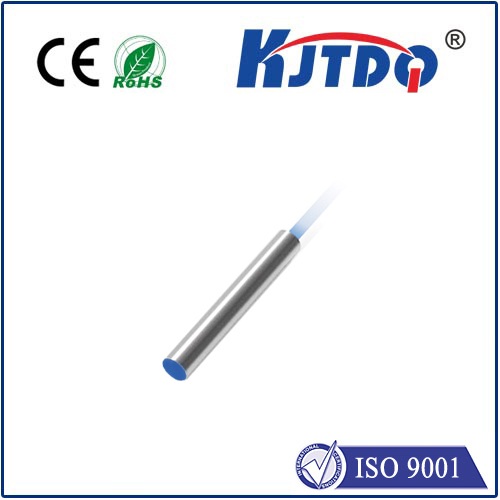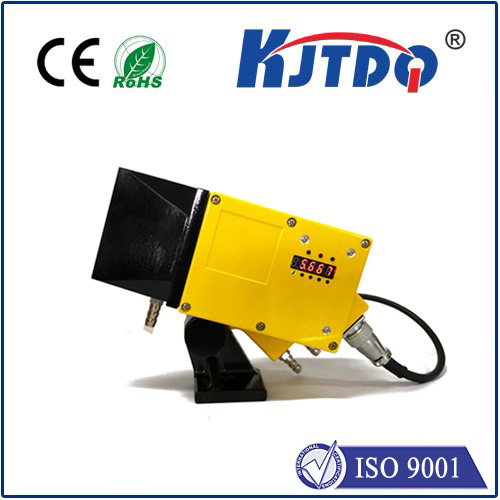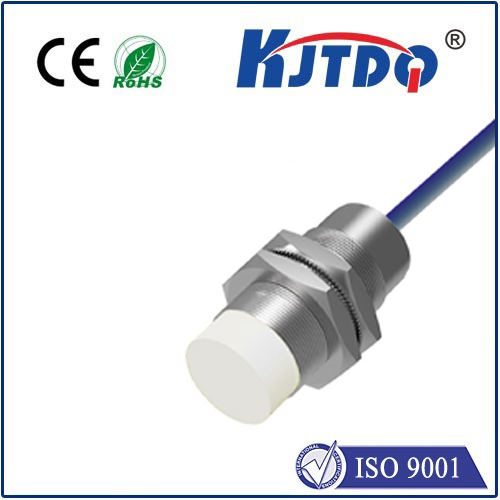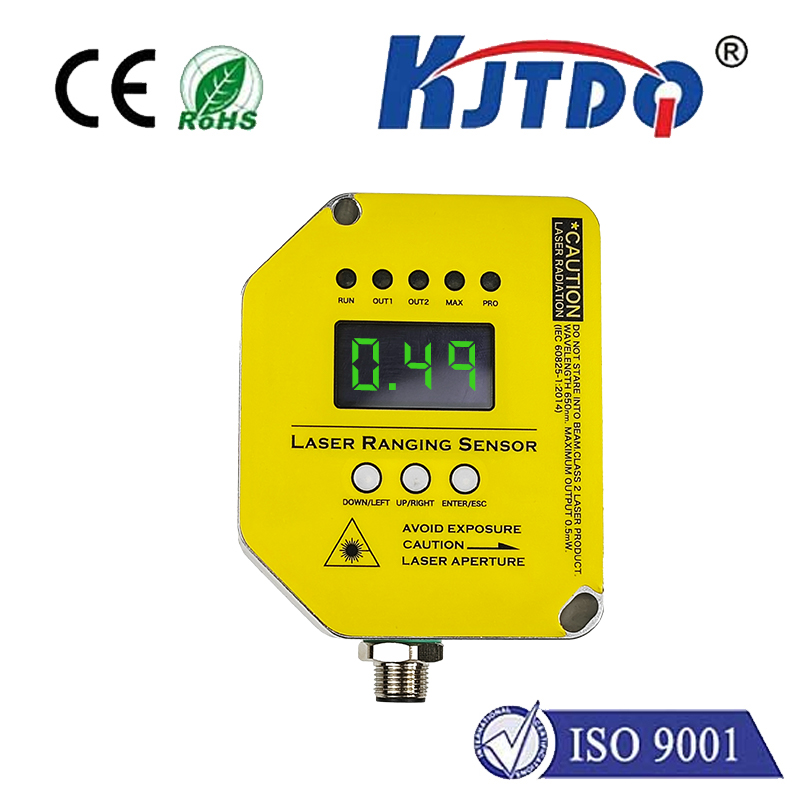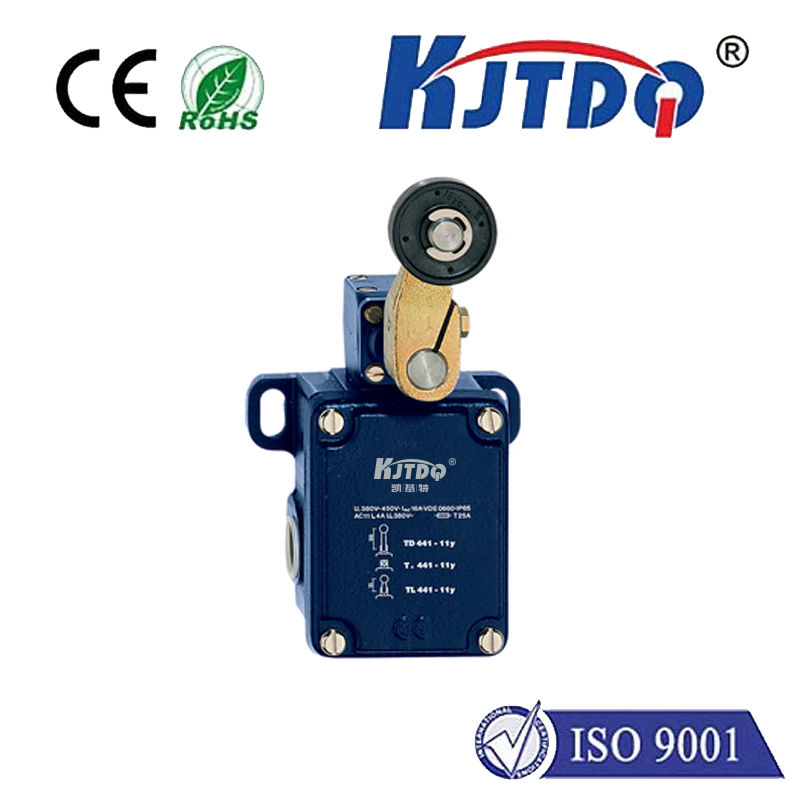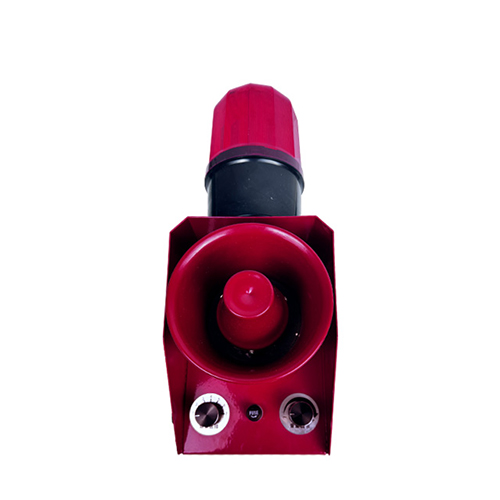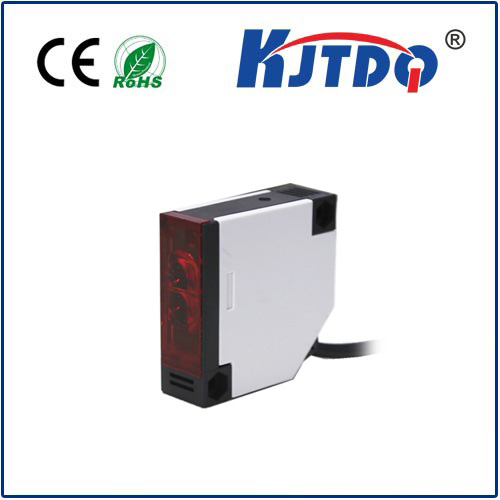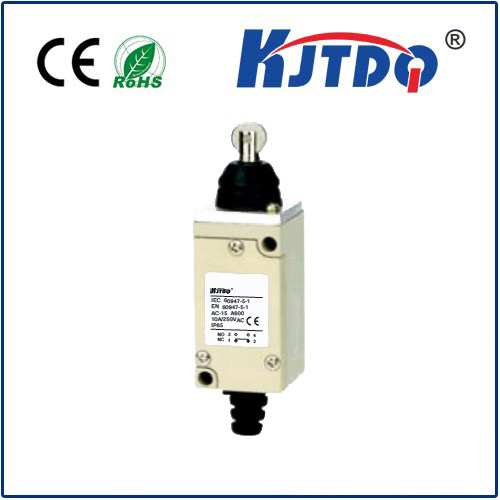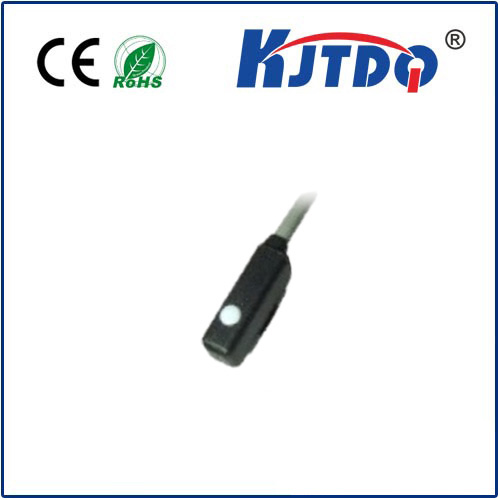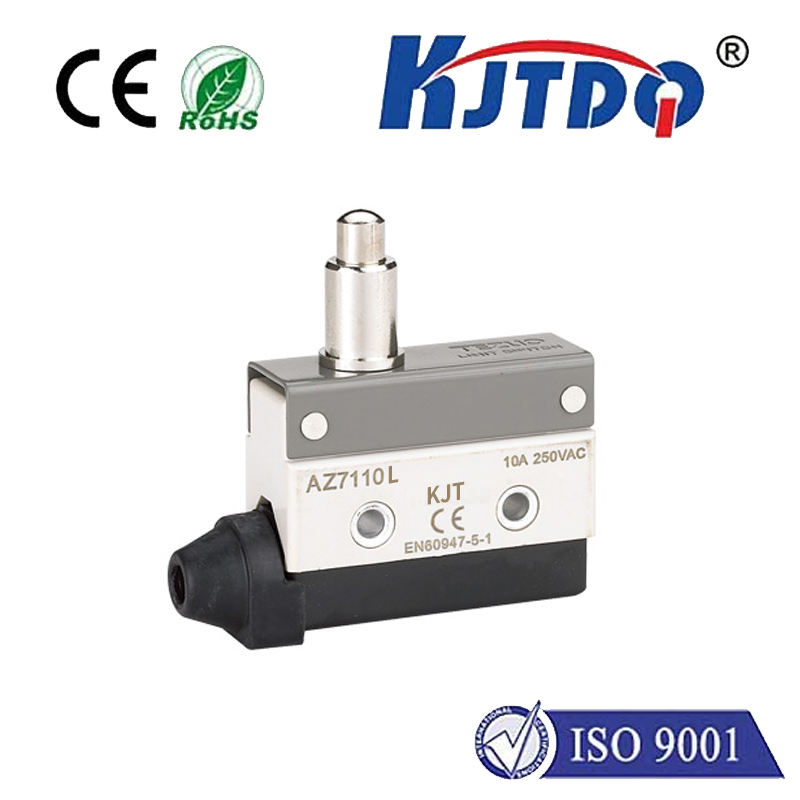In an era where automation and robotics are reshaping industries, the ability to “see” and interpret surroundings in real time is no longer a luxury—it’s a necessity. Enter the RPLIDAR 360 Laser Scanner, a cutting-edge device that has become the backbone of spatial perception for robots, drones, and smart systems. Whether you’re building a self-driving vacuum or programming an autonomous delivery robot, this tool redefines how machines interact with their environments. Let’s dive into why this technology is a game-changer and how it’s driving innovation across sectors.
The RPLIDAR 360 is a lightweight, cost-effective laser-based scanning system designed to generate real-time, high-resolution 2D maps of environments. Unlike traditional sensors, it performs 360-degree scans at speeds of up to 10 Hz, capturing precise distance measurements up to 40 meters. By emitting laser pulses and calculating the time of flight (ToF), it creates detailed point clouds that machines use to navigate, avoid obstacles, and optimize paths. Developed by SLAMTEC, this scanner is renowned for its plug-and-play compatibility with platforms like ROS (Robot Operating System), making it a favorite among researchers, hobbyists, and industrial developers. Its compact design and low power consumption further enhance its versatility for both indoor and outdoor applications.
Traditional ultrasonic or infrared sensors have limited fields of view, but the RPLIDAR 360 eliminates blind spots by scanning in a full circle. This is critical for applications like autonomous mobile robots (AMRs), which require uninterrupted environmental awareness to operate safely in dynamic settings.
With angular resolutions as fine as 0.9°, the device detects minute details—think chair legs or uneven pavement—that lesser sensors might miss. This precision is vital for tasks like industrial automation or precision agriculture, where centimeter-level accuracy can mean the difference between success and failure.

The RPLIDAR 360 excels in challenging environments. Its laser-based system isn’t fooled by darkness, dust, or varying light conditions, unlike camera-dependent solutions. For example, in warehouse logistics, robots using this scanner can navigate dimly lit aisles or foggy outdoor yards without missing a beat.
Priced significantly lower than industrial-grade LIDAR systems, the RPLIDAR 360 democratizes access to advanced mapping technology. Startups and educational institutions can now prototype autonomous systems without breaking the bank.
From floor-cleaning robots to hospital delivery bots, the RPLIDAR 360 is the “eyes” of modern automation. Its ability to create real-time maps allows robots to adapt to moving obstacles—like humans or machinery—while maintaining efficiency. Companies like Ubtech and AgileX rely on it for collaborative robots (cobots) that work alongside human teams.
While full self-driving cars still face regulatory hurdles, smaller autonomous vehicles—think last-mile delivery carts or agricultural drones—are already leveraging this scanner. By integrating RPLIDAR data with GPS and IMU systems, these vehicles achieve reliable localization even in GPS-denied areas like tunnels or dense urban canyons.
In smart cities, the scanner monitors traffic flow, detects unauthorized intrusions, or maps construction sites. For instance, security robots patrolling warehouses use its 360° data to identify breaches or misplaced inventory, reducing reliance on static cameras.
Universities and makerspaces use the RPLIDAR 360 to teach robotics and AI. Its open-source compatibility encourages experimentation with SLAM (Simultaneous Localization and Mapping) algorithms, accelerating innovation in fields like swarm robotics and environmental monitoring.
While alternatives like ultrasonic sensors or 3D LIDAR exist, the RPLIDAR 360 strikes a unique balance. Ultrasonic sensors lack precision, and 3D LIDAR systems are often bulky and prohibitively expensive. In contrast, the RPLIDAR offers high accuracy at a fraction of the cost—ideal for projects prioritizing budget and performance. Moreover, its low computational load makes it compatible with single-board computers like Raspberry Pi, broadening its use cases. Developers can focus on software innovation rather than hardware limitations.
As AI and IoT evolve, demand for reliable environmental perception will only grow. The RPLIDAR 360 is already paving the way for advancements in edge computing and real-time decision-making. Future iterations may integrate AI-driven object recognition or enhanced range, further blurring the line between human and machine navigation. For now, one thing is clear: whether you’re a robotics enthusiast or an industry leader, the RPLIDAR 360 laser scanner is an indispensable tool for turning spatial data into actionable intelligence.
